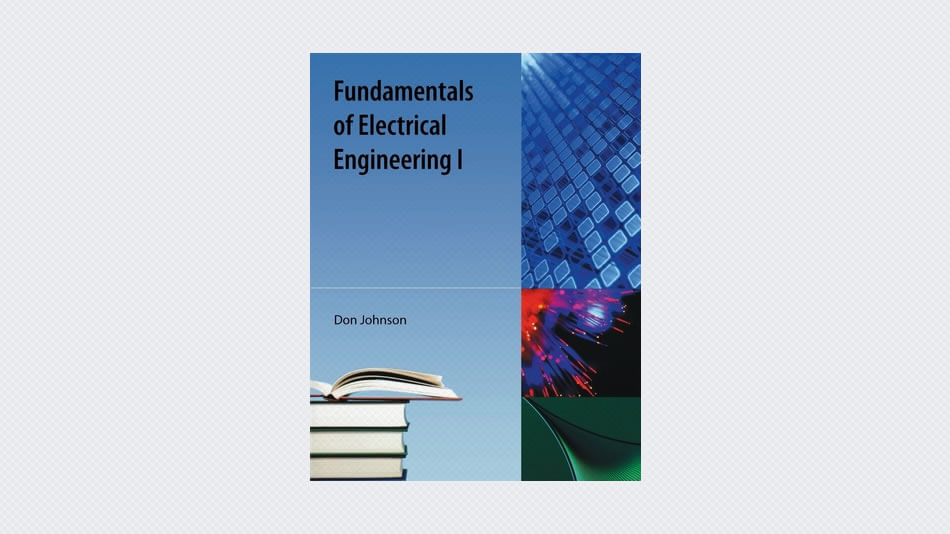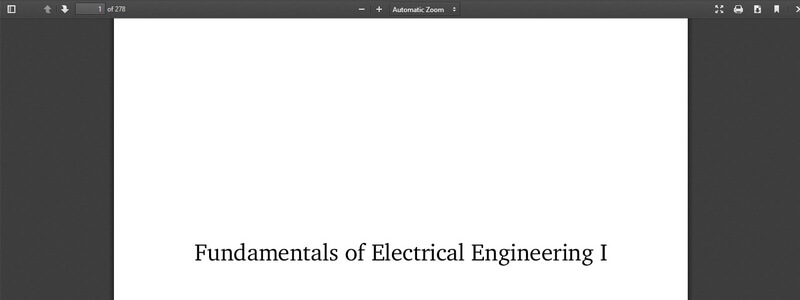From its beginnings in the late nineteenth century, electrical engineering has blossomed from focusing on electrical circuits for power, telegraphy and telephony to focusing on a much broader range of disciplines. However, the underlying themes are relevant today: Power creation and transmission and information have been the underlying themes of electrical engineering for a century and a half. This course concentrates on the latter theme: the representation, manipulation, transmission, and reception of information by electrical means. This course describes what information is, how engineers quantify information, and how electrical signals represent information.
Information can take a variety of forms. When you speak to a friend, your thoughts are translated by your brain into motor commands that cause various vocal tract components–the jaw, the tongue, the lips–to move in a coordinated fashion. Information arises in your thoughts and is represented by speech, which must have a well defined, broadly known structure so that someone else can understand what you say. Utterances convey information in sound pressure waves, which propagate to your friend’s ear. There, sound energy is converted back to neural activity, and, if what you say makes sense, she understands what you say. Your words could have been recorded on a compact disc (CD), mailed to your friend and listened to by her on her stereo. Information can take the form of a text file you type into your word processor. You might send the file via e-mail to a friend, who reads it and understands it. From an information theoretic viewpoint, all of these scenarios are equivalent, although the forms of the information representation–sound waves, plastic and computer files–are very different.
Engineers, who don’t care about information content, categorize information into two different forms: analog and digital. Analog information is continuous valued; examples are audio and video. Digital information is discrete valued; examples are text (like what you are reading now) and DNA sequences…





